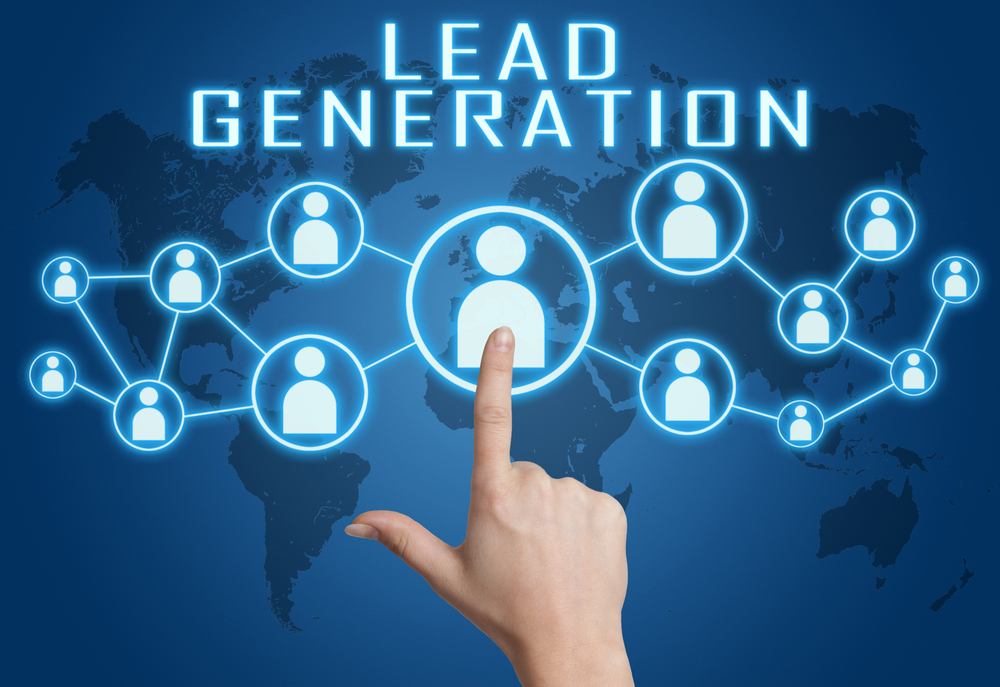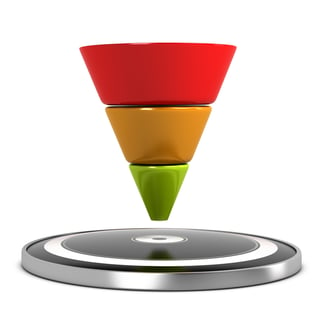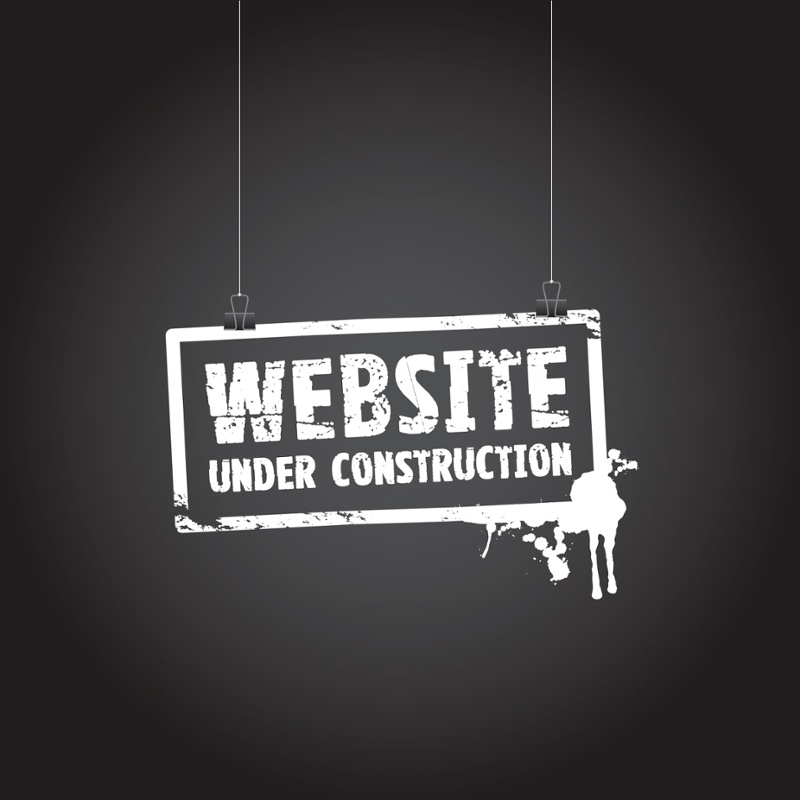Why Your Hazardous Waste Company Needs Inbound Marketing Services
Reversing a decline in growth during the Covid-19 pandemic, the hazardous waste collection industry is expected to grow by more than 4% in 2022.
5 min read
Olivia Walls
:
Sep 28, 2021 5:03:49 PM

Typically, hazardous waste companies don’t use their websites for lead generation. They have salespeople do cold calling, rely on referrals or maybe even do paid ads. But for most of these companies, it isn’t enough.
If you are a hazardous waste company and you aren’t taking advantage of the power of your website to generate leads, you’re missing out on the opportunity to grow your business.
In fact, there are 4 mistakes hazardous waste companies often make with online lead generation, causing them to lose out on prospective clients. Here are those mistakes and what your hazardous waste company can do to avoid them.
 Many hazardous waste companies offer multiple services, whether it’s waste removal, cleaning services, emergency response or consulting.
Many hazardous waste companies offer multiple services, whether it’s waste removal, cleaning services, emergency response or consulting.
Even the type of waste that a hazardous waste company will remove can vary from electronics to industrial waste, medical waste, brand name merchandise and non-hazardous waste.
It can be tempting to want to promote each and every service your company offers, but this is a common mistake hazardous waste companies make when they are trying to improve their lead generation processes.
This doesn’t mean you shouldn’t offer multiple services. It just means you shouldn’t dilute your company’s value by trying to offer tons of services to everyone everywhere. Instead, you should decide what you’re best at and lead with that particular service. This will allow you to improve your overall messaging and to better position your company by promoting that primary service.
This is called “land and expand.” Your prospects will come to you because they desperately need that ONE THING rather than a company that offers an entire department store of options. Once they come to you for the solution they need, you can then expand to the other services you offer later as their needs evolve.
Once you know which service you want to promote, what do you use to attract prospects to your company? An offer.
An offer is a piece of content that is perceived by a potential client to be high in value. Potential clients are likely seeking your services because they have a problem that needs to be solved. Providing a piece of content that offers advice or provides a path toward solving that problem will be of value to that person.
Examples of offers that effectively generate leads include:
Once you develop this piece of content, it is imperative that it has its own landing page on your website. You DO NOT want to send potential customers to your homepage because they could get lost in distractions that may be present on your normal website pages. Instead, you should send them to a dedicated landing page where they can take action to receive that specific offer.
Why? Landing pages allow you to capture information about the prospect in exchange for the offer. They also allow potential customers to access the information they want more quickly.
How do you get customers to a landing page? The best way is through calls-to-action, or CTAs, on your other website pages and on the content you create, such as blogs, emails and videos. By clicking on these CTAs, customers are taken directly to the landing page.
By offering high value in the beginning, clients will ask you, “What’s next?”
 To be successful in generating leads, you must build a better funnel system on your website. Because you did not have a primary offer before, there was nothing to draw prospects in. Now that you have a primary offer, it’s time to promote it.
To be successful in generating leads, you must build a better funnel system on your website. Because you did not have a primary offer before, there was nothing to draw prospects in. Now that you have a primary offer, it’s time to promote it.
You have opened the gates for prospects to come through on their own. Having a funnel system in place will allow you to begin qualifying these leads and will allow you to begin building trust with your potential clients who need help with their hazardous waste plans.
Think of your funnel as having three stages: awareness, consideration and decision.
So how do you move prospects through your funnel so that they are more likely to seek your help with providing a solution to their problems? The key is to provide high-value, focused content that converts them from the consideration stage to the decision stage.
You must find their pains, let them know how it is hurting their business and then offer a solution to cure it. Examples of additional content that will accomplish this and move prospects through your funnel include:
Overall, a good funnel system will teach something valuable, build your credibility, educate prospects, and help establish a connection and relationship between you and a prospect. You’re empowering your prospects, and they like that.
One of the biggest barriers that hazardous waste companies face is what their salespeople do with the leads once they have them. It is critical that your sales team has a consistent follow-up process for leads.
Without adequate follow-ups, you’re almost guaranteeing the loss of a sale or client. To some sales staff, “adequate” may mean two or three follow-ups. They may even have a fear of “bugging” a potential client. In reality, studies show that you need at least 9 touches with a lead.
In other words, all prospects should receive at least 9 touches before you move them to the “closed lost” list. That’s the minimum, and we recommend closer to 15 touches.
Touchpoints can come in a variety of formats, from emails to calls, texting and even social media. No matter which type of touchpoint you use, you should always offer something of value. This will not only keep prospects interested in the hazardous waste services you provide, but also show your authority and leadership in the industry.
If you decide to use social media as one or more of those touchpoints, make sure you do not blast the prospect with messages. This will look like spam. Instead, you should look for ways that potential clients would be more likely to see your content organically, such as by sharing content on your social media site.
 If you have an existing list of prospects that regularly generate hazardous waste, one of the biggest mistakes you can make is to not re-engage those prospects. As a hazardous waste company, you could be missing out on valuable opportunities to not only land a contract with one of these companies, but land a long-term relationship.
If you have an existing list of prospects that regularly generate hazardous waste, one of the biggest mistakes you can make is to not re-engage those prospects. As a hazardous waste company, you could be missing out on valuable opportunities to not only land a contract with one of these companies, but land a long-term relationship.
You already are a step ahead by having an existing list of prospects. Your goal now is to re-engage the companies on that list by sending them to the landing page you created for your offer using a 3- to 5-email series.
This email should lead with value. What you shouldn’t do is say, “Here’s a masterclass/webinar, sign up for it.” Instead, address the issues they are facing that would make them want to take your masterclass or webinar.
Here are some other points your email should include:
Once you have re-engaged prospects on your list, you can begin the process of qualifying your leads by scoring them. Existing contacts will fall into one of four categories:
While it’s important to reach out to everyone on your list of prospects, you’ll want to ultimately focus on those that fall in the High Fit-High Engagement and High Fit-Low Engagement prospects.
The High Fit-High Engagement prospects have the qualifying traits of your target client and are very active in engaging with your website or content, but do not know or trust you yet. These prospects offer the best opportunity for potentially converting them into clients.
The High Fit-Low Engagement prospects have the qualifying traits of your target client, but don’t engage with your website or content. They also may not know or trust you yet, so following up with them is important in order to possibly convert them into a client.
By avoiding these four mistakes and creating an effective lead generation strategy, you will be well on your way to growing your hazardous waste business.

Reversing a decline in growth during the Covid-19 pandemic, the hazardous waste collection industry is expected to grow by more than 4% in 2022.

When a hazardous waste company has the goal of generating more leads, sales and long-term customers, it must often rely on one of its most important...

As industries and environmental regulations evolve, hazardous waste businesses find themselves at the crossroads of opportunity and challenge.